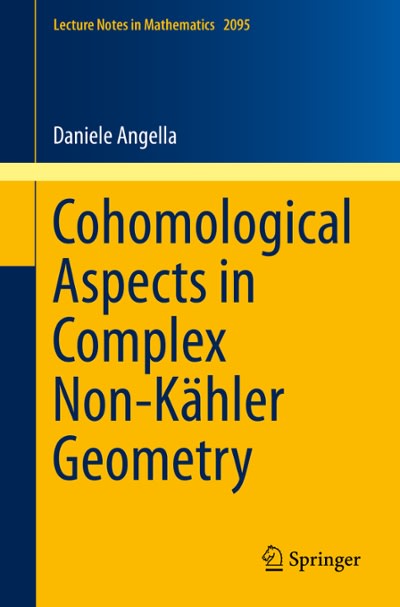Question
Consider a car wash that can serve up to two cars. Customers arrive according to a Poisson process of rate perhour. The service time for
Consider a car wash that can serve up to two cars. Customers arrive according to a Poisson process of rate perhour. The service time for one car is exponentially distributed with mean 1/1; however, if during the time a single car is being washed, a new customer arrives, then the car wash employees equally split their time between the two cars. This has the effect that the time to finish washing both cars is independent of how much time the employees have already spent washing the first car, and it is exponentially distributed with mean 1/2. Note that when there are two cars in the car wash, they both end at exactly the same time. If there are already two cars in the auto wash, and a new customer arrives, she is blocked and has to go to another car wash. Assume if there is only one car in the car wash, it is charged at a rate of $c1 per hour. On the other hand if there are two cars in the car wash, then each car is charged $c2 per hour.
a.) Represent the number of cars in the car wash as a continuous time Markov chain. Draw the transition rate graph and write down the rate matrix Q and the embedded transition probability matrix R.
b.) Explain why this chain has a unique invariant distribution . Set up a system of equations you solve to find ; you don't need to actually solve the system. Note: You may express your answers to the subsequent parts in terms of .
c.) What is the long-run fraction of arriving customers that are able to enter the auto wash?
d.) What is the expected cost of a customer who arrives to find one other car already in the car wash?
e.) What is the expected cost of a customer who arrives to find the car wash empty?
f.) What is the long-run average revenue per hour of the car wash?
g.) Suppose that at time t = 0, there is one car in the car wash, what is the expected time T, the stopping time that the car wash first empties?
h.) Suppose that at time t = 0, there is one car in the car wash, let T be the stopping time defined as above. What is the expected revenue accumulated until time T?
i.) Suppose that at time t = 0, there is one car in the car wash, let T be the stopping time defined as above. What is the expected number of customers (cars) lost due to capacity until time T?
j.) Consider the case where customers are strategic: if the car wash is empty, a new arriving customer can wait for arrival of a second customer so that they can enter the car wash together. Suppose that , 1, 2, c1, c2 are such that a customer who arrives to find the car wash empty incurs a lower cost by following this strategy of waiting, rather than entering immediately on arrival. Now what is the long-run average revenue per hour of the car wash? (Give an explicit answer in terms of , 1, 2, c1, c2.)
Step by Step Solution
There are 3 Steps involved in it
Step: 1

Get Instant Access to Expert-Tailored Solutions
See step-by-step solutions with expert insights and AI powered tools for academic success
Step: 2

Step: 3

Ace Your Homework with AI
Get the answers you need in no time with our AI-driven, step-by-step assistance
Get Started


